
Established: in 1858
Lit: on January 1, 1859
Materials: brick with concrete, granite foundation
Tower height: 150 feet
Tower height above sea level: 191 feet
Lens Optic: First-Order Fresnel
Light visible: 27 miles
Number of steps to lens: 177
Light pattern: white every 20 seconds
Lighthouse automated: in 1965
It is the fourth tallest lighthouse in the US
In September 1822 the Florida legislature sent a petition to James Monroe, the President,which included the establishment of a lighthouse at Pensacola Bay. The federal governmentwas quick in transferring the lightship, Aurora Borealis from the mouth of the Mississippi Riverto Pensacola Bay and on June 22, 1823 the lightship was lit. The lightship had a fifty-foot mastwith a set of lamps on top. However, this was at best a temporary fix, Pensacola still needed a lighthouse.
The site selected for a lighthouse was a bluff west of Fort Barrancas and on December 20, 1824the new lighthouse was lit for the first time. This Pensacola Lighthouse was a short, round tower ofonly 30 feet in height and 18 feet in diameter at the base. The short tower was on a high bluff which added to it's total focal height. The total height of the tower, on the bluff, with the lantern on top putit at 75 feet above sea level. The lantern consisted of 10 whale oil lamps which flashed a beam of light from 15 to 20 miles out.
In 1852 the Lighthouse Board recommended a "first class seacoast light" for Pensacola. The existing lighthouse was little better than the local lights that were along the coast. They recommended the newlighthouse have a First-Order Fresnel lens, be a height of at least 150 feet and must be different from theMobile Point Lighthouse for ships at sea.
In 1856 a new site was selected for the second (and present) lighthouse in Pensacola. The original site wasnot a suitable place for the new tower and the new site was on the second bluff west of Fort Barrancas, aboutone half mile from the original lighthouse location. The new lighthouse was first lit on January 1, 1859 and was140 feet in height, 30 feet in diameter at it's base and 15 feet in diameter at the top. The lantern at the top wasa First-Order Fresnel Lens, giving the total height of the lighthouse the 150 feet required. The total height ofthe tower, the lens and the bluff it rested upon put the height 191 feet above sea level.
On January 10, 1861 Florida succeeded from the Union. The Union troops stationed at Fort Barrancasleft to stay at Fort Pickens across the bay, since they knew they were outnumbered by state forces.Florida and Alabama troops soon took control of all Federal property in Pensacola. The troops used thetower to spy on the Federal soldiers across the bay at Fort Pickens. On the night of April 12 the PensacolaLighthouse was extinguished by the Confederates, due to Union reinforcements landing across the bay at Fort Pickens. On this same night the Confederate Army fired upon the Union held Fort Sumter in Charleston,South Carolina. The war had begun.
On November 22, 1861 Fort Pickens fired across the bay at Fort Barrancas and the lighthouse. For 2 daysthe firing didn't stop and the lighthouse was hit by Union artillery but caused little damage. On December 20,1862 the lighthouse was once again lit and in the hands of the Union troops. The retreating Confederates destroyedmuch of Pensacola in their retreat, but the lighthouse remained in good condition.
In 1875 the lighthouse suffered 2 lightning strikes and was hit by a tornado in 1877.
In 1938 the Pensacola Lighthouse entered the electrical age and with this change the duties of a lighthouse keeperbecame much easier.
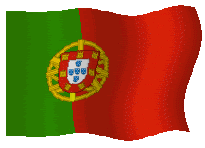


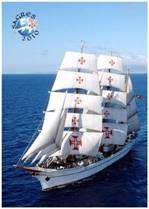





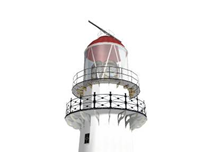













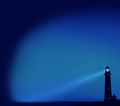




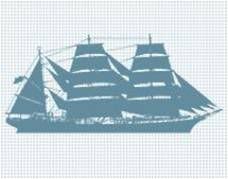
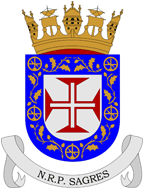

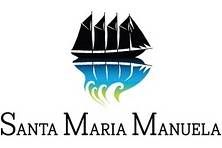
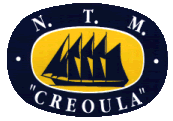


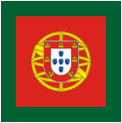


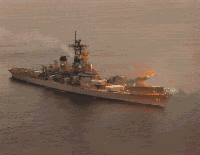


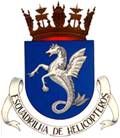
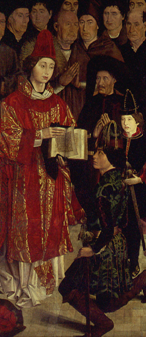
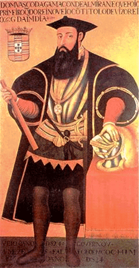
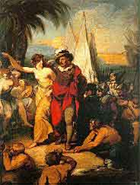






























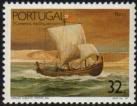
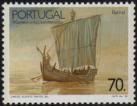


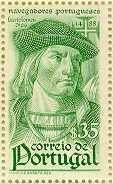


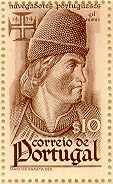

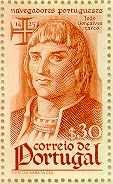

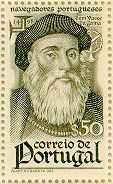
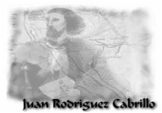
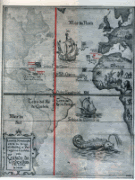
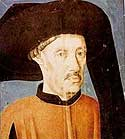
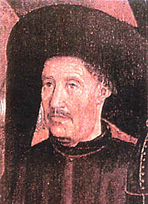

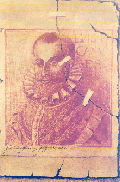
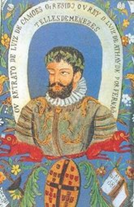
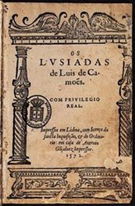
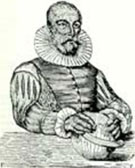

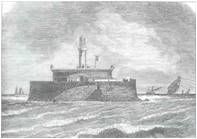











































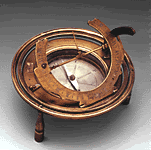
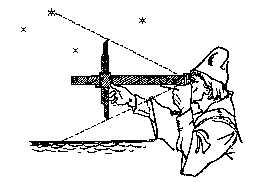










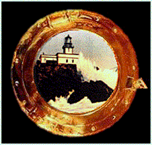


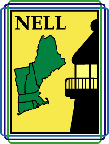


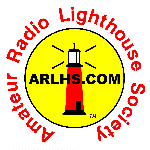


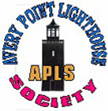



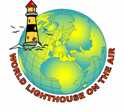
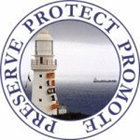
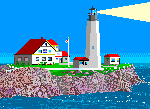




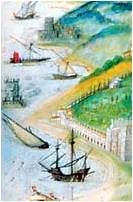
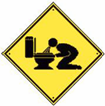
Sem comentários:
Enviar um comentário